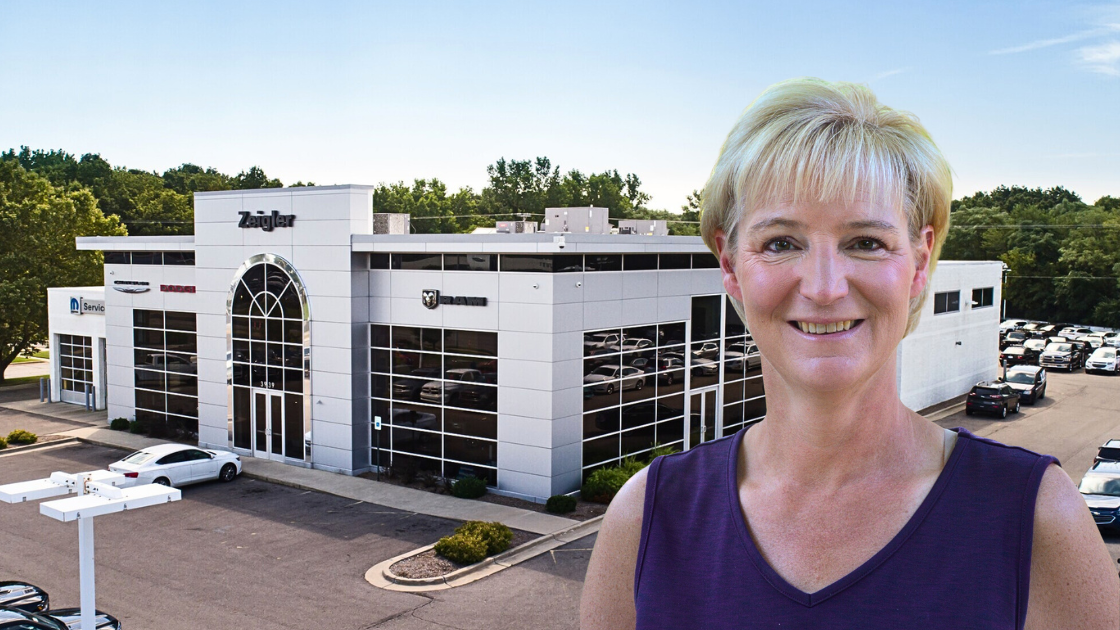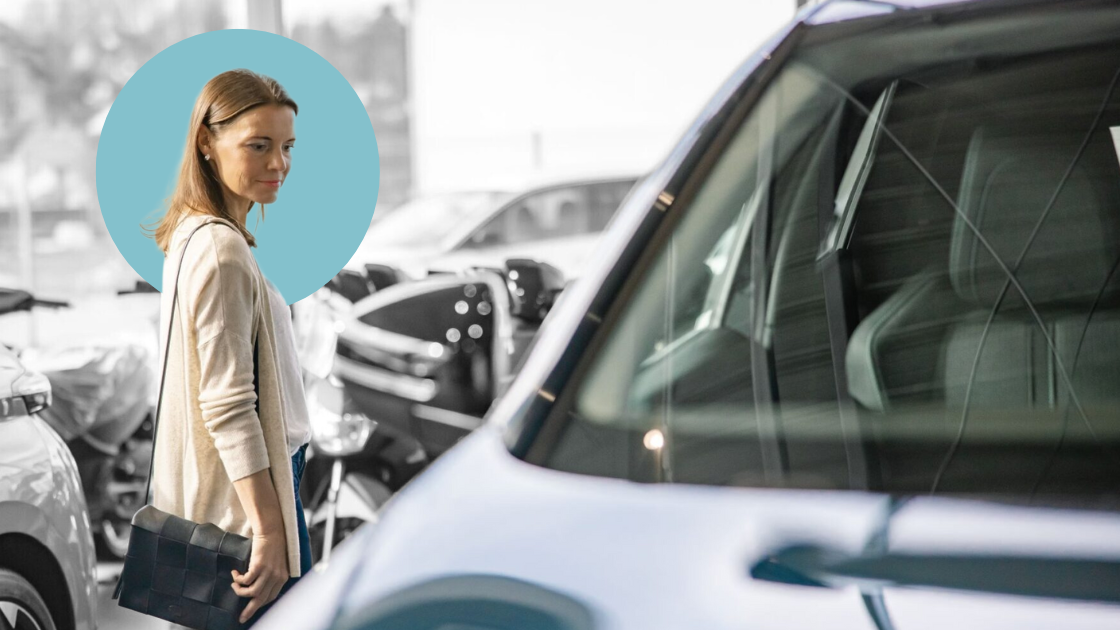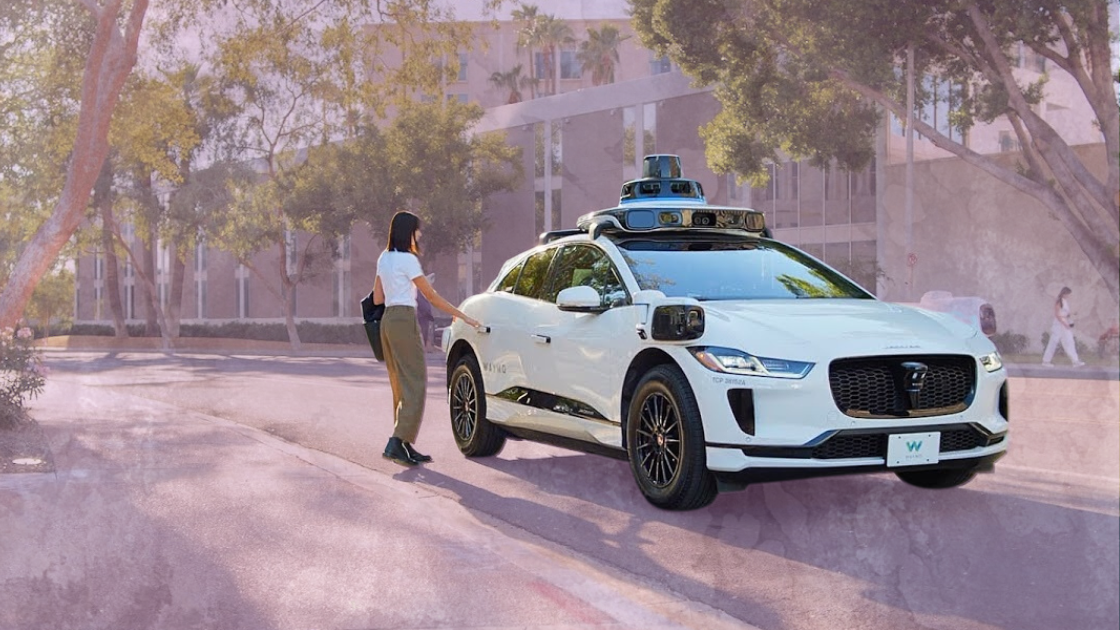Dealers are missing out on revenue by assuming that leads that don’t close early are dead—opening the door for competitors to swoop in and steal the sale, according to a new report from Foureyes.
Zooming in: Analysis of more than eight million sales opportunities during the first half of 2025 shows that many dealers are dropping the ball on lead follow-up after the first three days of engagement.
From days zero to three is when 73.3% of all sales occur. And this is obviously when the dealership close rate is the strongest at 12.4%.
It also means that 26.7% of sales happen after that three-day window, but most dealers sharply reduce follow-up once that threshold passes, Foureyes found.
From days four to seven, the close rate dips to 2.3%.
From days eight to 14, the close rate falls to 1.4%, and from days 15 to 30 it holds at 1.0%.
Worth noting: While new vehicles post a slightly higher overall 30-day close rate, used cars sell faster up front—77.2% in the first three days, compared to 69.5% for new.
What they’re saying: “Nearly three-quarters of sales happen in the first three days...meaning 25–30% of sales still happen after Day three,” said David Steinberg, founder and CEO of Foureyes, in an email to CDG News.

David Steinberg
“The problem is that typically when follow-up starts tapering off—or stops altogether. But the data shows there’s still real opportunity in the back half of the 30-day cycle. Stores that keep their foot on the gas longer are in a position to win more of those deals,” he explained.
Why it matters: With nearly one in four sales happening after the initial three-day window, dealers who maintain engagement past the “day four cliff” can capture incremental revenue that competitors are otherwise winning. Otherwise, these dealers could be leaving money on the table.

OUTSMART THE CAR MARKET IN 5 MINUTES A WEEK
No-BS insights, built for car dealers. Free, fast, and trusted by 55,000+ car dealers.
Between the lines: Walk-in leads close fastest early on, but after day three, internet and phone leads represent significant opportunity.
10.6% of online leads close between eight and 14 days, with another 7.5% closing between 15 and 30 days.
7.8% of phone leads buy between eight and 14 days, with 5.7% closing in days 15–30.
Timing also matters: leads that arrive in the final week of the month post the highest close rate at 17.3%, outperforming any other week.
“Just because someone doesn’t convert in 72 hours doesn’t mean they’re not buying,” Steinberg added. “It might just mean they’re not ready yet. They’re still shopping for the best price, or the right features. For dealers, this could mean extending the follow-up window or leaning more on data to identify high-intent behaviors.”
Also worth noting: Toyota, Honda, and Ford led overall 30-day close rates in the study, while several brands—BMW (35.8%), Mercedes-Benz (33.5%), Toyota (30.5%), Subaru (29.1%), and Mazda (29.5%)—stood out with 30% or more of sales happening after Day three.
Bottom line: Not all buyers are quick to close. Many internet and phone leads convert well after the first week, and late-month leads are the strongest of all. Dealers who sustain follow-up beyond the initial rush—and use data to spot intent—are best positioned to capture sales their competitors miss.
A quick word from our partner
Winning in today’s market means more than just adjusting prices or boosting ad spend.
It’s about seeing what’s holding each vehicle back — and taking smarter action from day one.
Long before AI became a buzzword, Lotlinx built the industry's first VIN performance platform — powered by AI and the most robust dataset of VIN and shopper behavior — to help dealers optimize every vehicle and maximize profit.
With Lotlinx, dealers can:
Spot inventory risk before it hits
Move cars with precision
Turn each VIN Into a star












